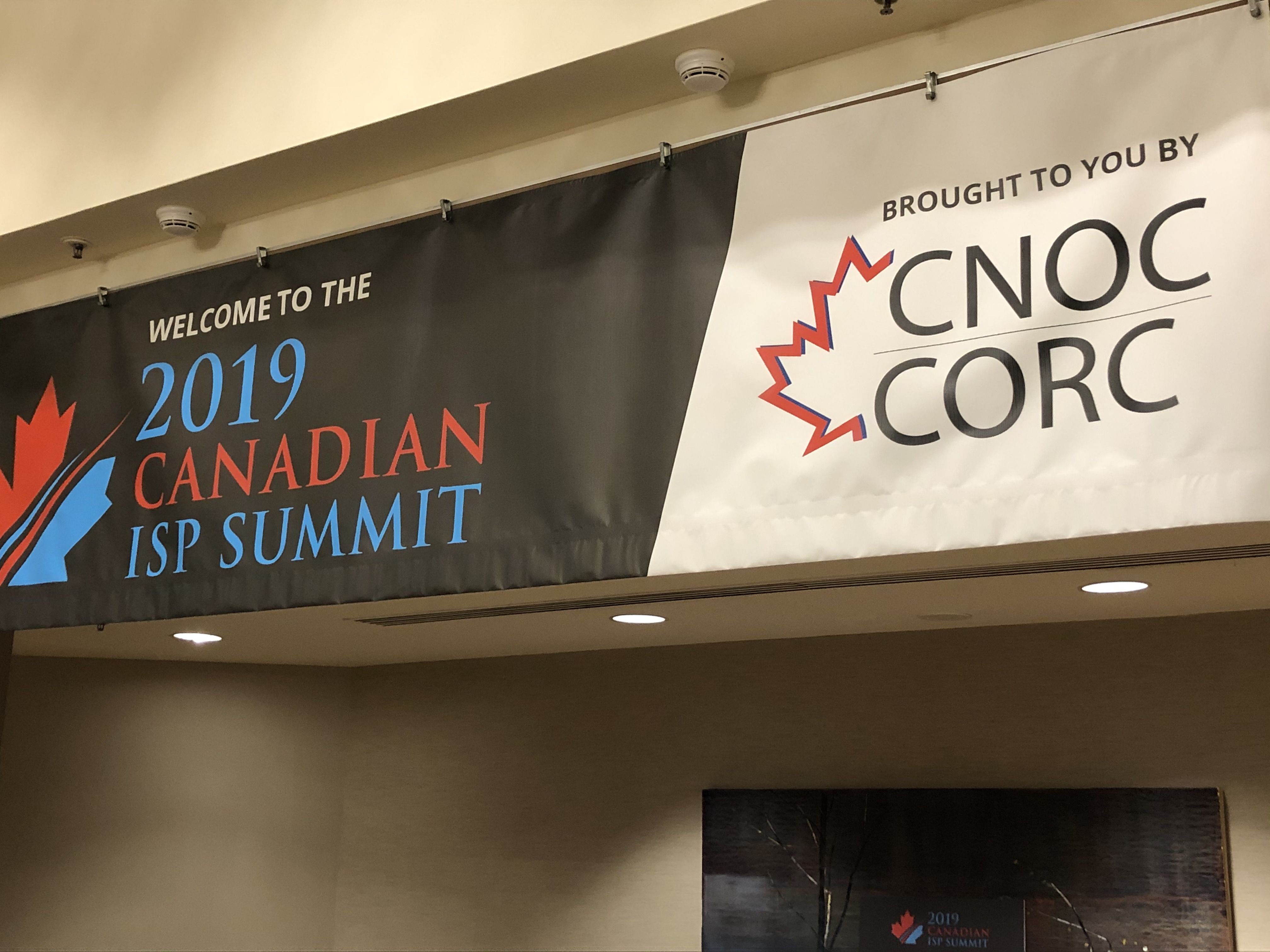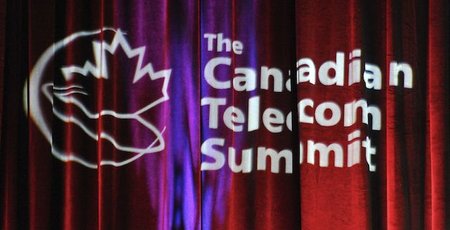Category: International
-

2019 Canadian ISP Summit – Day 4
Day 4 ? But the conference only ran from Nov 4 to 6 ? How could there be a Day 4 ? Well when you are self-employed like I am it takes a full day AFTER the conference just to try to get caught up. There is the large backlog in the email inbox, phone…
-

We’ve Reached Peak Voice
This article originally appeared in Telegeography It’s true that 2015 marked a turning point in the international voice market—the first time since the Great Depression that international call traffic declined. However, that slump in voice traffic has turned into a rout, as carriers’ traffic fell a further 8.4 percent in 2017 to 484 billion minutes.…
-

World Cup of Telecom
Last Thursday, the FIFA World Cup of football began in Russia with a 5-0 win for the host nation over Saudi Arabia. The tournament has seen lots of thrills already with powerhouse nations like Germany, Brazil and Spain having some disappointing performances and tiny nations like Iceland punching well above their weight with a 1-1…
-

Canadian Telecom Summit – Day 1
What a Day ! A big thank you to Jaime Leverton and Cogeco Peer One for feeding me dinner and a lovely networking event at the end of the first day of the Canadian Telecom Summit. Viewing the day from an international telecom lens there were no specific panels or keynotes that were directly relevant…
-

Canadian Telecom Summit 2018
Monday, June 4 is the start of this year’s Canadian Telecom Summit to be held at the Toronto Congress Centre. This is the 17th Canadian Telecom Summit (CTS). I have been blessed to have attended each of these events, put on by two friends of mine Michael Sone and Mark Goldberg. CTS was originally formed…
-

Global Local Numbers
Your new Direct-to-Consumer luxury fashion business has taken off. From your home base in Montreal you’ve got the attention of discerning fashionistas in London, Milan , Hong Kong and Tokyo. Now how can you further serve your customers by making it easy for them to reach you when they have questions or concerns that just…